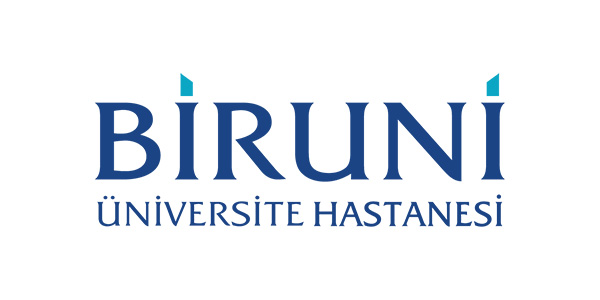Pediatric Hematology and Oncology
Hematology is a branch of science that deals with blood and bone marrow diseases. It also examines the diseases of blood-forming organs. Especially the fact that some blood diseases are seen in childhood has made pediatric hematology an important and separate branch. Pediatric Hematology departments also work in cooperation with departments such as Radiation Oncology, Pediatric Surgery, Nuclear Medicine and Radiology.
Treatment Methods of Pediatric Hematology
Chemotherapy: Chemotherapy, which is an intensive drug treatment, also called cytotoxic therapy, is used especially for cancer treatments. It affects cancer cells intensively and prevents the growth and proliferation of these cells. The content and the implementation period of chemotherapy changes according to the disease and its course.It is extremely important to provide hygienic conditions as the immune system of the patients who receive chemotherapy is weak.
Bone marrow (stem cell) transplantation: The main issue among hematology diseases, especially in leukemia patients, is the disruption of normal blood cell formation. The main purpose of bone marrow transplantation is to provide normal blood cell formation by giving the stem cells taken from the bone marrow from healthy individuals to the patient. It is important to find the appropriate transplant for compatible histogenesis. These transplants can be obtained from siblings or close relatives with full tissue compatibility, or from unrelated donors with tissue compatibility.
Radiotherapy: The treatment of preventing cancerous cells growth (antineoplastic) and proliferation by using high-dose radiation applications is called radiotherapy. It is also called radiation therapy. It is especially used for the treatment of lymph node involvement and tumors with blood diseases. It should be applied correctly by an oncologist specialist.
Hemophilia: Hemophilia, a genetic blood disease, is a bleeding disorder that occurs due to clotting disorder. Hemophilia is usually seen in men and rarely in women. The most important symptom of the disease is bleeding without any factor, especially in the joints .The duration of bleeding is longer than as usual. This may cause movement restriction as it causes pain. There is various laboratory tests made to diagnose the disease. Hemophilia is a lifelong disease . Drugs that provide bleeding control and preventive methods is used for the treatment.
Thalassemia (Mediterranean anemia): It is the most common blood disease in the world. Sometimes It threatens the patient's life and sometimes it can be seen as mild anemia. Disease symptoms are bone and skin disorders, growth failure, weakness, dysfunctions and diseases in vital organs such as the heart and liver. Various laboratory tests and in some cases genetic tests as well is performed to diagnose the disease. Disease diagnosis and treatment plan is determined by its course. Treatment methods such as blood transfusion, bone marrow transplantation and removal of the spleen in a later stage is used but it doesn't need any treatment for carriers.
Nutritional anemia: Anemia occurs in the case of that lack of red blood cells in the blood. The most common types of anemia in the world are anemia due to iron and vitamin B12 deficiencies and nutritional anemia can be seen in copper, zinc and folic acid deficiencies as well. The most common symptoms are weight loss, irregular heartbeat, permanent tiredness, shortness of breath, pale skin, cold hands and feet, headaches, irritable mood, chapped lips and chaps in mouth borders. A blood test is needed to diagnose the disease. The appropriate treatment starts when the cause and the type of the disease are determined. Missing minerals and components as a result of the blood tests, will reach the desired level with supplements and an appropriate nutrition program.
Acute Lymphoblastic leukemia: Acute Lymphoblastic leukemia is a type of blood and bone marrow cancer and it is the most common type of cancer in childhood. Symptoms of the disease are weight loss and lack of appetite, easy bruising and bleeding in the body, petechiae, weakness, high fever, painless swellings in the armpits, neck and groin are also among the important symptoms. Disease diagnosed by blood tests and bone marrow biopsy. Methods such as chemotherapy, radiotherapy and stem cell transplantation will be used for the treatment.
As Bilva Health, we are at your service with our experienced Pediatric Hematology and Oncology team and the doctors we are working with. We carry out the diagnosis and treatment process to be applied to our patients with our specialists and surgeons.
Why Bilva Health?
We are aware that people who have health problems want to solve their problems in the easiest, fastest, and most accurate way. We are working hard to get you to the right treatment. From the moment you leave your home, we will be with you in every process. We are interested in all the necessary details on behalf of you, such as plane tickets, visas, welcoming, accommodation and transportation. All you have left is to be treated by trusting us and the physicians.
We are proud and happy that you have chosen for us, together with our team, who will get you to specialists in the easiest and most reliable way.




